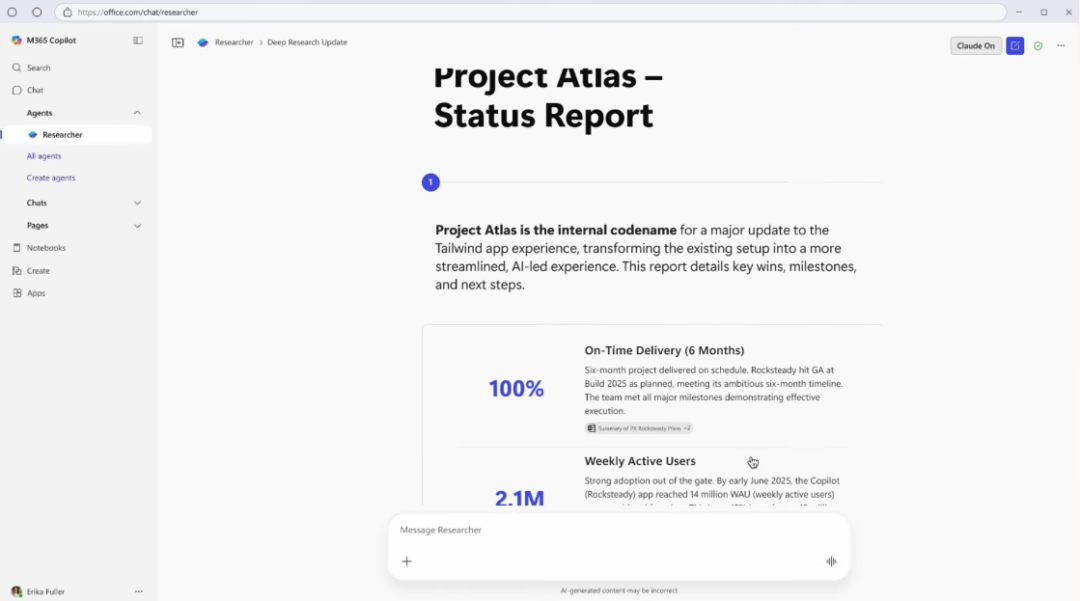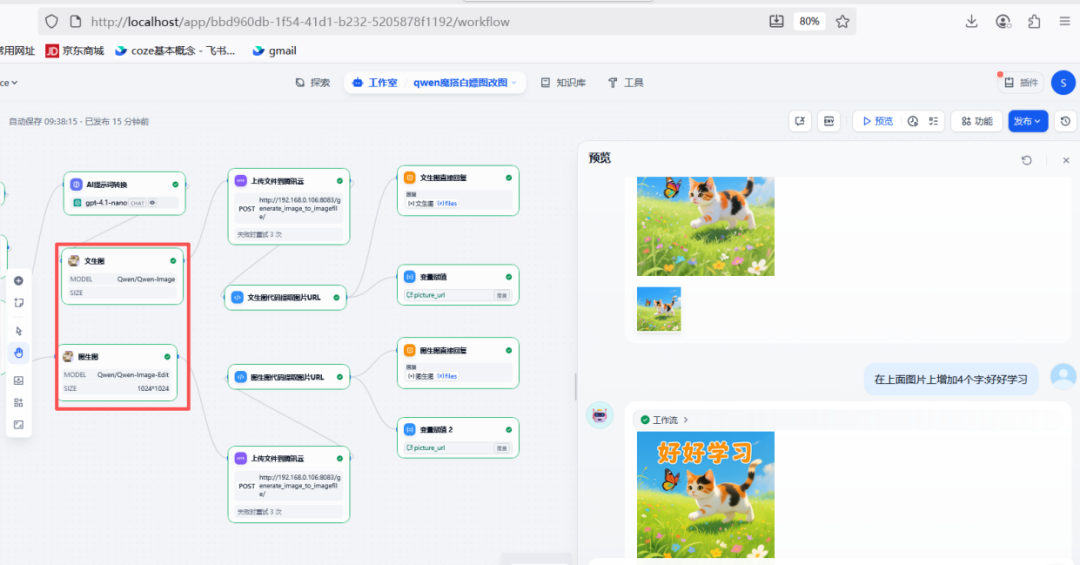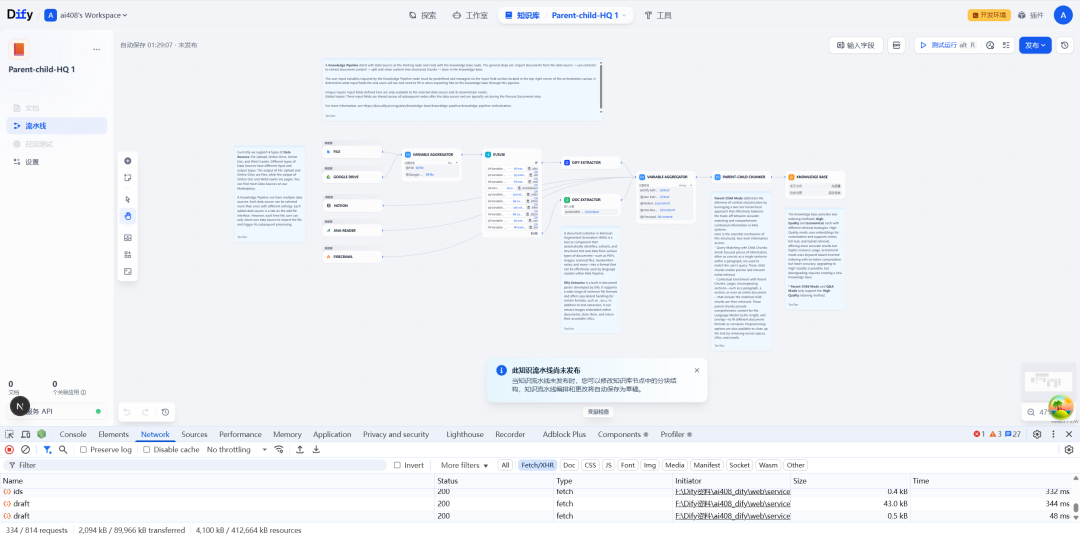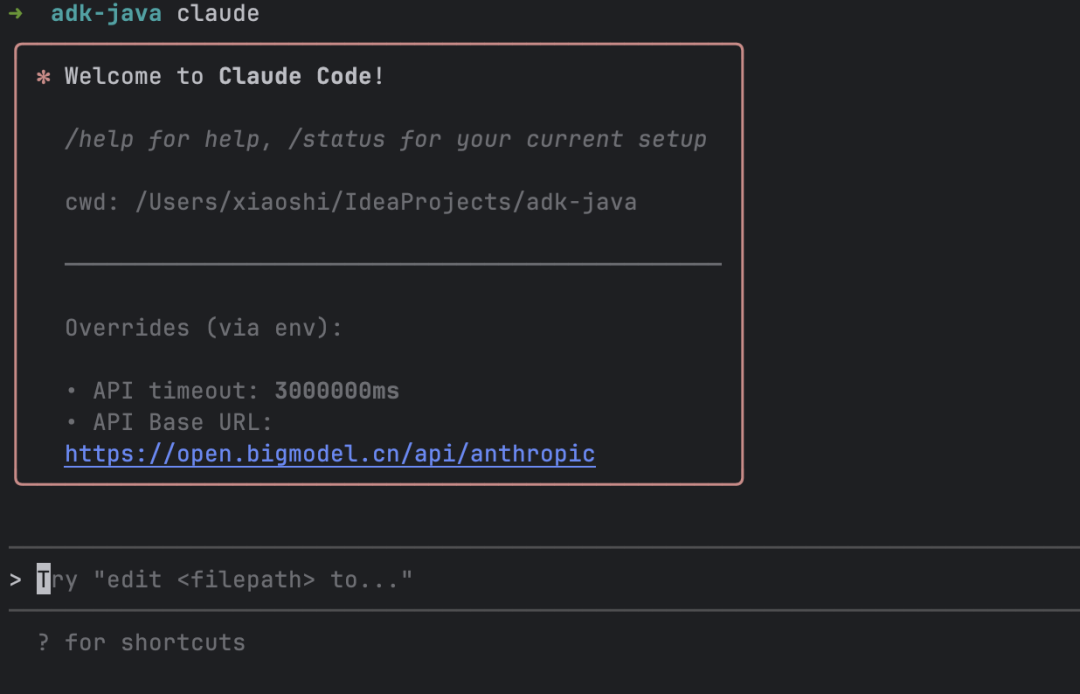The choice of Node.js as the implementation language is one of the technical highlights of the tool. Based on the asynchronous IO feature of Node.js 20+, the tool is able to efficiently handle the network requests of the model API while maintaining a very low resource consumption. The architecture design adopts the modern ES Module specification, and the core functions are encapsulated into reusable ElcAgent classes, supporting both command line interaction and programmatic APIs. performance tests show that on a development machine with 16GB of RAM, the tool's cold-start time is less than 800ms, and the throughput of consecutive requests can reach up to 60 times per minute. This design balances development efficiency with runtime performance, making it possible to handle even the most demanding tasks such aselc '分析10万行代码库'Stable response during heavy duty tasks like this one
This answer comes from the articleeasy-llm-cli: enable Gemini CLI support for calling multiple large language modelsThe
































